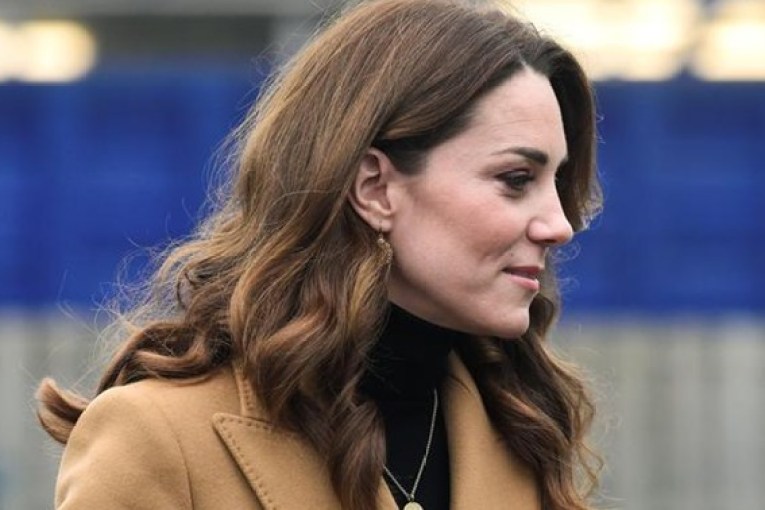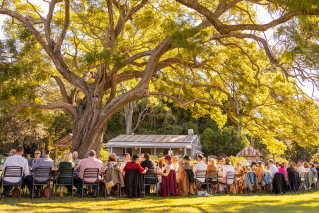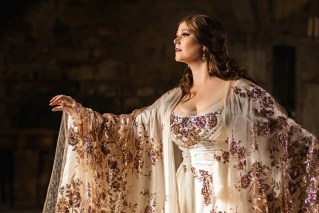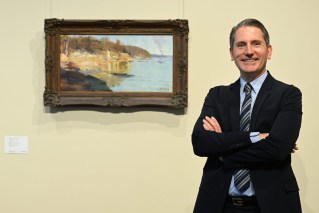Revisiting Shakespeare explains why it’s always the shrews who lose
Damien Ryan is not of the opinion that we should ignore ideas which make us uncomfortable. His prescient adaptation of Taming of the Shrew uses a 1920’s silent film backlot as the setting to unravel who gets to speak and why it is always the shrews who lose.
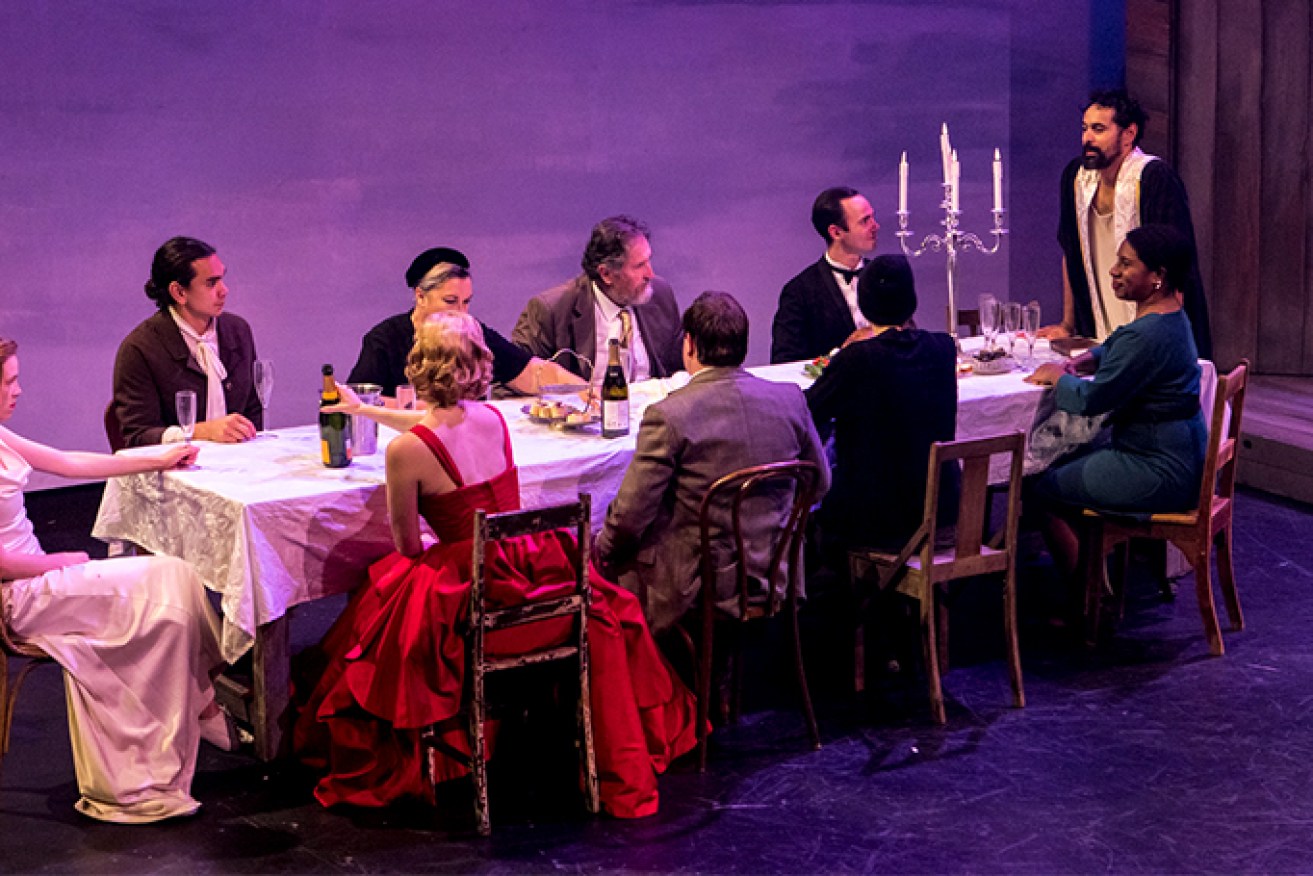
The cast of Taming of the Shrew, Queensland Theatre (Image: Supplied)
One of Shakespeare’s most controversial plays, Taming of the Shrew takes on the story of the daughters of the powerful film producer Baptista Minola.
The youngest daughter Bianca is a beautiful film star, a fitting subject with a trail of suitors, but she cannot marry until her eldest sister Katherina is wed first.
Katherina is an aviatrix who is high-spirited, disobedient and crass with no intentions towards marriage. Petruchio, a former Navy Captain, endeavours to domesticate the wilful Kate in a story that challenges the authenticity of love and marriage when marred with misogyny.
While Shrew has been adapted for theatre for over 400 years, its director, multi-award winning actor and director Damien Ryan has been adapting it for over 20.
The production for Queensland Theatre transports the audience to the era of silent films, a lively and comedic space to tackle some exacting themes.
“The early 20th century was a turning point for women, and it’s within this illusion of power that lies at the heart of the setting, within a world of playfulness and role playing, that we are setting Shrew and I hope to have an enormous amount of fun!” said Ryan.
“Interestingly, the play was controversial even when it was first written. The play has always tracked the social and cultural controversies of the time – it is deliberately provocative.”
Shrew arrives at a complex time in cultural history when silence can be a knee-jerk reaction to controversy.
“When the world learns to stop silencing women, when the voices of women no longer raise the anxiety and temperature of powerful men, then this play is ready to be put to bed. The play, unfortunately, is still extremely prescient,” said Ryan.
“A shrew is a woman who makes noise, who speaks in response to male behaviour. The world we live in still forces women to be judged not on the content of what they’re saying but on the fact that they’re speaking at all.
“All you can do is tell the truth with the story and let the audience be intelligent enough to make their own assumptions.”

Director of Taming of the Shrew, Damien Ryan (Image: Supplied)
Ryan said to ban the play would begin to limit the debate it intends to provoke.
“If we are going to do that we fail to see the other ways in which we accept the patriarchal mode, so many stories we know and cherish are aggressively misogynistic. Taming of the Shrew is an undertaking that has the debate live on stage and is honest about the gender inequalities of our world.
“I don’t see how that is a bad thing when only a few weeks ago male parliamentarians were found to be going into female MP’s offices after dark and masturbating on their desks.”
Ryan said the 1920’s setting was chosen deliberately because of the paradoxical nature of women’s liberation and the illusion of power it created.
“It’s important to talk about the ways in which we perform human life. Also, the setting of the 1920s with the suffragette movement, the rise of the Aviatrix, women on screen and in films, this period had the promise of being an incredible turning point for the women’s movement which ended up becoming a false illusion,” he said.
“The cinema screen, the celluloid dream, became a way to deepen the male gaze and objectify women even further. It became not about voice but about beauty which has continued right through to this day with the Me Too movement. It was a way of looking into this pressure point in gender politics.”
Ryan said it is a testament to the enduring legacy of Shakespeare that he perseveres to give a voice to the human condition, tackling themes that are still shaking the foundations of society in 2021.
“It’s important we look at his plays through our own plays, which is why our actors have Australian accents and don’t wear Elizabethan costume, because that wouldn’t give us an insight into the world we live in today.”
The setting provides a lively space to create the humour of the play, with scenes of silent films interjecting the live theatre, to create frames within the plot that is a testament to the set designer Adam Gardnir.
Artistic Director Lee Lewis said, “I know Taming of the Shrew is complicated. Just because it’s problematic to navigate, does that mean we should put it to the back of the bookshelf?”
“Artists should be brave enough to confront and own heritage works. In the right hands, with the right cast, this is a glorious play and I am eager to share Damien’s inspired, nuanced and downright hilarious interpretation of this love story with Queensland Theatre audiences.”
The Taming of the Shrew is now open at the Bille Brown Theatre and runs until June 5. For more information and tickets, visit the Queensland Theatre’s website.
